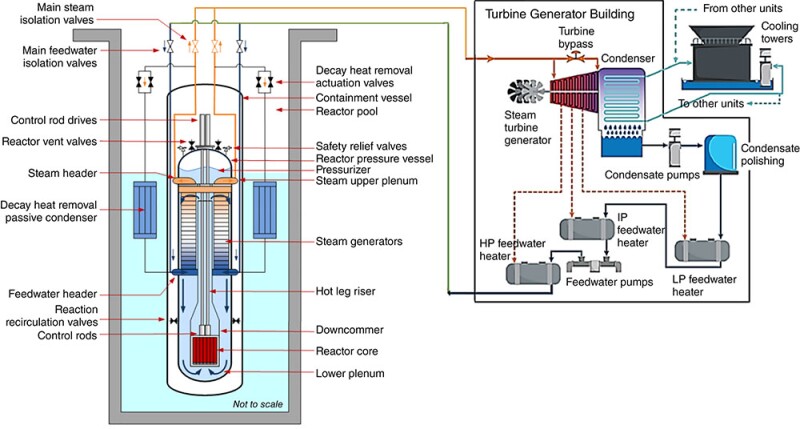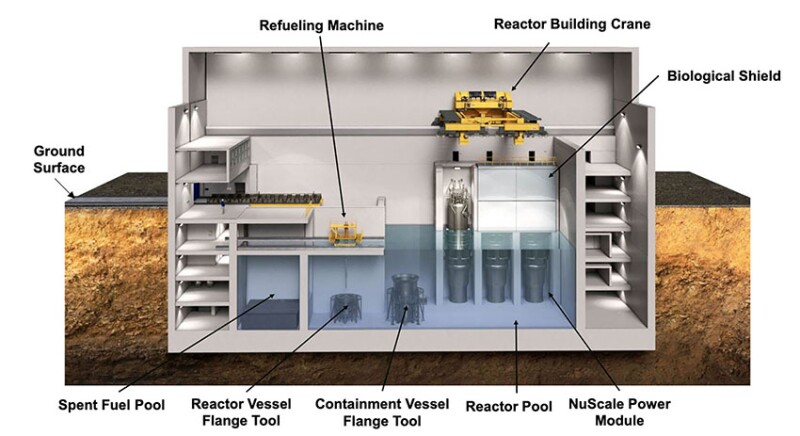Growth in the uptake of small modular reactor (SMR) technology is predicted to double today’s global market size of $6.3 billion to $7.5 billion by the early 2030s as these mini power plants position nuclear as essential to the energy mix for delivering clean, cost effective, and reliable electricity to remote customers, data centers, the maritime industry, and the electric grid.
Worldwide, 51 SMR designs are in pre‑licensing or licensing processes while active discussions between SMR developers and site owners total 85, as reported in July by the Paris‑based Nuclear Energy Agency (NEA), an arm of the Organization for Economic Co-operation and Development.
Since the NEA’s 2024 report, “there has been an 81% increase in the number of SMR designs to have secured at least one source of funding, or funding commitment,” the intergovernmental organization said, citing data from its “Small Modular Reactor (SMR) Dashboard.”
Design Safety at the Core of NRC Oversight
In the US, Oregon-headquartered NuScale Power stands out as the only commercial SMR developer to win US Nuclear Regulatory Commission (NRC) approval for off-grid operation so far.
The NRC issued a final safety evaluation report on 28 May granting approval to NuScale’s US460 SMR pressurized water reactor (PWR) design (Fig. 1), which the NRC describes in its announcement as “a 77-MW-per-module SMR … based, in part on the NuScale US600 design certified by the NRC in 2023.”

“The US460 design continues to use natural ‘passive’ processes such as convection and gravity in its operating systems and safety features,” utilizing six modules “partially immersed in a safety-related pool, built below ground level,” to produce “approximately 460 MW of electricity,” the NRC noted (Fig. 2).

Romania’s Shift From Coal to Nuclear Energy
NuScale’s design supports configurations of up to 12 modules, scalable to an electrical output of 924 MWe. The company partners with South Korea’s Doosan as it builds out its future supply chain.


